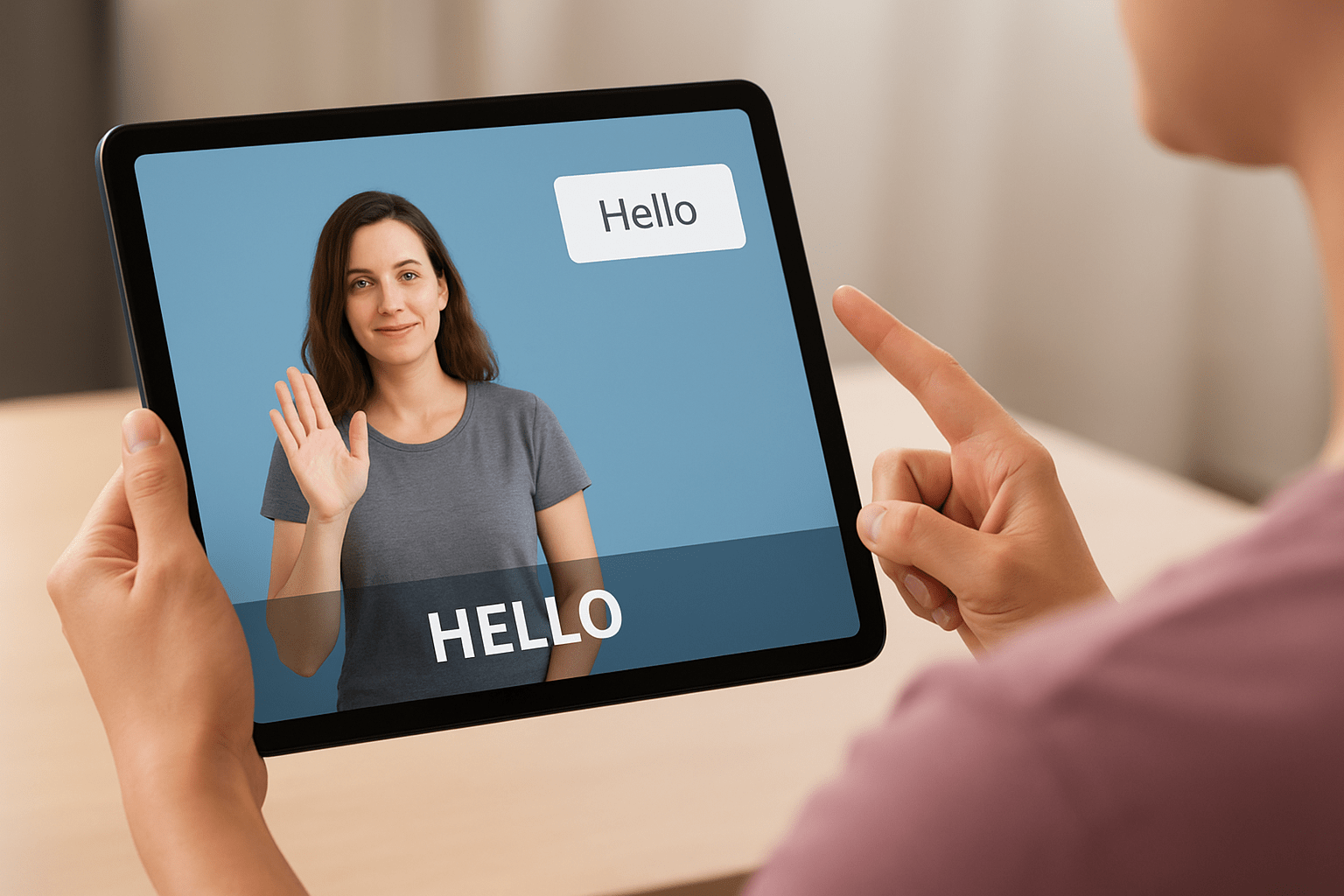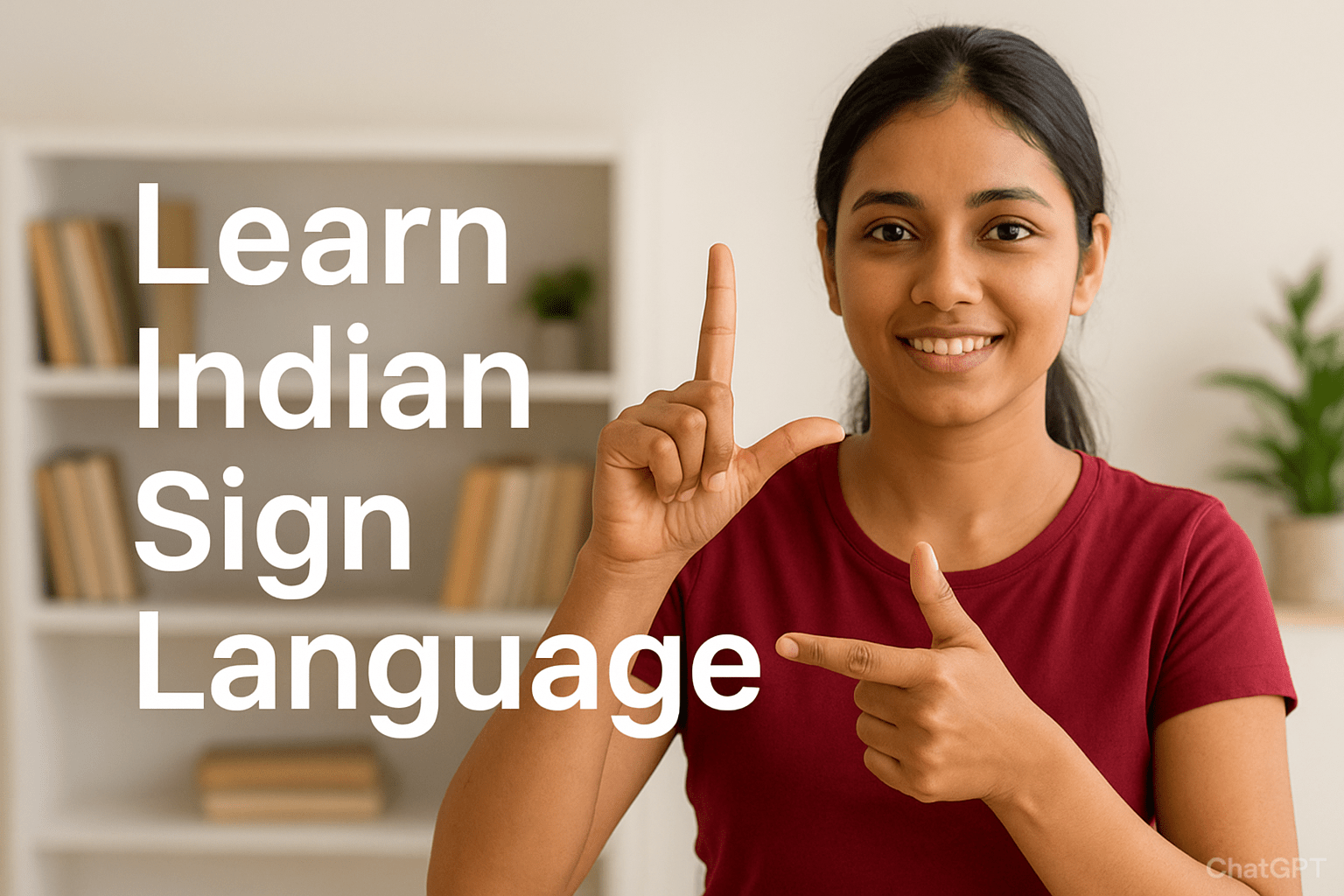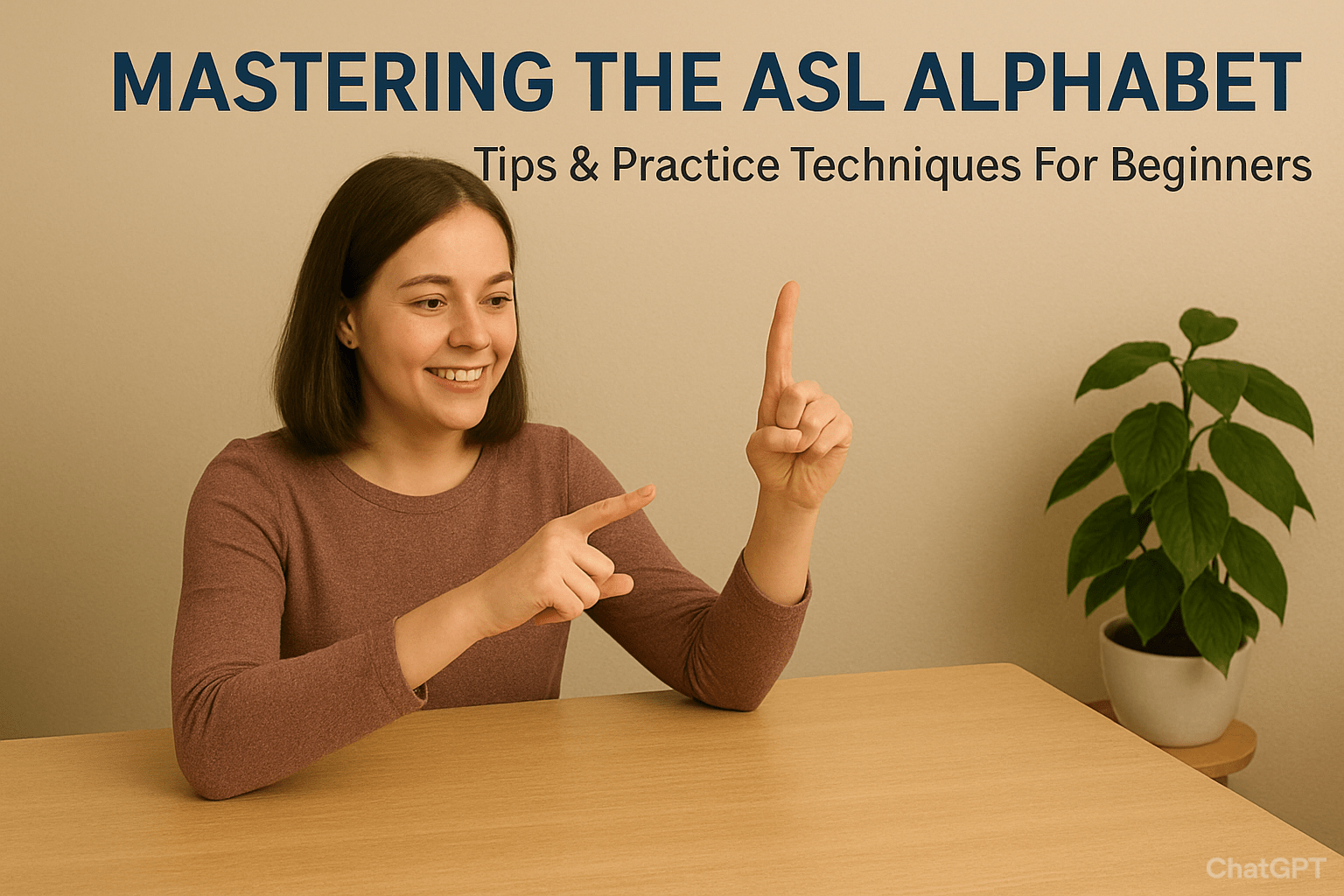It’s incredible how far technology has come in helping people connect. From speech-to-text tools to live captioning, accessibility has taken huge strides — and sign language is now part of that transformation. Sign language apps and AI-powered translation tools are bringing learning and communication within reach for anyone, whether they’re Deaf, hard of hearing, or simply want to learn to sign.
But while the possibilities are exciting, not every app is perfect. Some oversimplify a deeply expressive language, while others still rely heavily on internet access or camera accuracy. Let’s explore the best tools available, what makes them work, and how to use them responsibly and effectively.
The Rise of Sign Language Apps
A decade ago, learning sign language often meant attending physical classes or buying thick textbooks with still photos. Today, you can practice finger-spelling or learn conversational signs right from your phone.
Popular sign language apps like SignSchool, Lingvano, and The ASL App make it easy for beginners to learn at their own pace. They use short, engaging video clips with native signers — a big improvement over the static diagrams of older resources. Some even include quizzes and streak-tracking to keep you motivated.
These apps are particularly helpful for:
- Students and parents learning to communicate with Deaf peers or children.
- Healthcare and education professionals who want to greet or explain basic instructions.
- Employers and colleagues aiming to create a more inclusive workplace.
Still, while these tools make learning accessible, it’s important to remember that apps can’t replace the depth and cultural understanding you gain from learning directly from Deaf instructors or within the community.
AI and Gesture Recognition Tools
Artificial intelligence has added a whole new layer to sign language technology. Instead of just watching and mimicking signs, AI tools can now interpret them in real time.
Some promising examples include:
- Google’s “Sign to Speech” prototypes, which use machine learning to recognize gestures and convert them into spoken words.
- DeepASL, a research-based system that uses 3D camera tracking to identify American Sign Language (ASL) signs and translate them on screen.
- SignAll, a commercial setup using multiple cameras to capture hand, face, and body movements, then translate them into written English.
These innovations hold enormous potential — particularly for real-time conversations in classrooms, customer service, or healthcare settings. However, they’re still limited by lighting, camera angle, and language diversity (for example, ASL differs significantly from BSL, ISL, or Auslan).
Translation Software and Video Platforms
Another exciting area of growth lies in sign language translation software and video-based platforms.
For instance, AVA and Rogervoice provide live captioning and transcription during calls and meetings. Hand Talk, a Brazilian app, uses a 3D avatar named Hugo to translate written text and voice into Libras (Brazilian Sign Language).
Meanwhile, YouTube’s automatic captioning and Zoom’s interpreter integration make it easier for signers and interpreters to be part of the digital workspace. Tools like these have made a significant difference for Deaf students and employees working remotely.
However, automatic translation can never fully capture the tone, emotion, or nuance of human interpretation — especially in sign language, where facial expressions and movement intensity play key grammatical roles.
Choosing the Right App: What to Look For
If you’re planning to try a sign language app, here’s what to consider before downloading:
✅ Native Signers – Always choose apps featuring Deaf presenters. Their signing style, rhythm, and expression are authentic and invaluable for learners.
✅ Regional Options – Check whether the app supports your country’s sign language (for example, ASL vs. ISL or BSL).
✅ Offline Mode – Some apps need constant internet access, which can be limiting. Offline lessons are ideal for consistent practice.
✅ Community Integration – Look for apps that connect learners to Deaf events or forums. True fluency grows through interaction, not just repetition.
✅ Ethical Design – Be cautious of AI tools that “collect gesture data.” Ensure they respect user privacy and credit Deaf creators.
The Human Element: Technology with Heart
At its best, technology doesn’t replace people — it connects them. Sign language apps are a gateway to understanding, empathy, and inclusion. But they’re only as effective as the intention behind their use.
Learning to sign isn’t just about memorizing gestures; it’s about respecting a culture and identity. Many Deaf advocates remind us that no app, however advanced, should replace human interpreters or the experience of learning from Deaf educators.
By combining technology with genuine curiosity and humility, we can build a world where digital tools enhance communication rather than flatten it.
Future Possibilities: Where We’re Headed
Looking ahead, developers are exploring more inclusive possibilities:
- Augmented reality (AR) glasses that display live translations in real space.
- AI avatars that mimic human signing more fluidly and naturally.
- Universal translation models that could bridge regional sign languages while maintaining cultural authenticity.
As these technologies evolve, it’s essential to include the Deaf community at every stage — not as end-users, but as co-creators.
Final Thoughts
The future of sign language technology is bright, but it shines best when guided by human experience. Whether you’re using a simple app to learn greetings or testing advanced AI for translation, remember: it’s not just about convenience — it’s about connection.
So go ahead, explore sign language apps, support Deaf-led projects, and stay curious. Each tap, sign, or click you make helps build a more inclusive digital world — one where no voice, spoken or signed, is left unheard.


